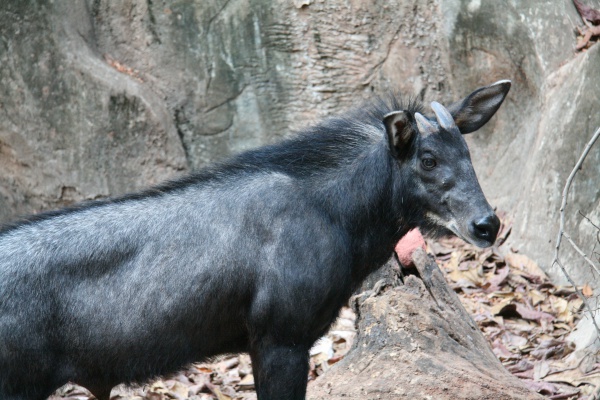Facts About Serow
Serows are medium-sized mammals that resemble goats or antelopes, belonging to the genus Capricornis. Initially, all serow species were classified under Naemorhedus, a classification now designated for gorals. Serows inhabit central and eastern Asia, commonly found grazing on rocky hillsides, typically at lower elevations than gorals. Although not as agile or swift as gorals, serows possess the ability to climb slopes for safety and shelter.
A notable behavior of serows is their use of preorbital glands for scent marking. These animals display a variety of colors, and both males and females feature beards and small horns that are shorter than their ears. Fossils resembling serows date back to the late Pliocene era, indicating a close resemblance to their ancient ancestors within the Caprinae subfamily.
Unfortunately, serow populations are declining, and many are considered endangered. Most subspecies are listed on the IUCN Red List with a decreasing population trend. However, the Japanese Serow is an exception; it benefits from better protection measures compared to other subspecies, according to the IUCN's 2008 assessment.

 India
India